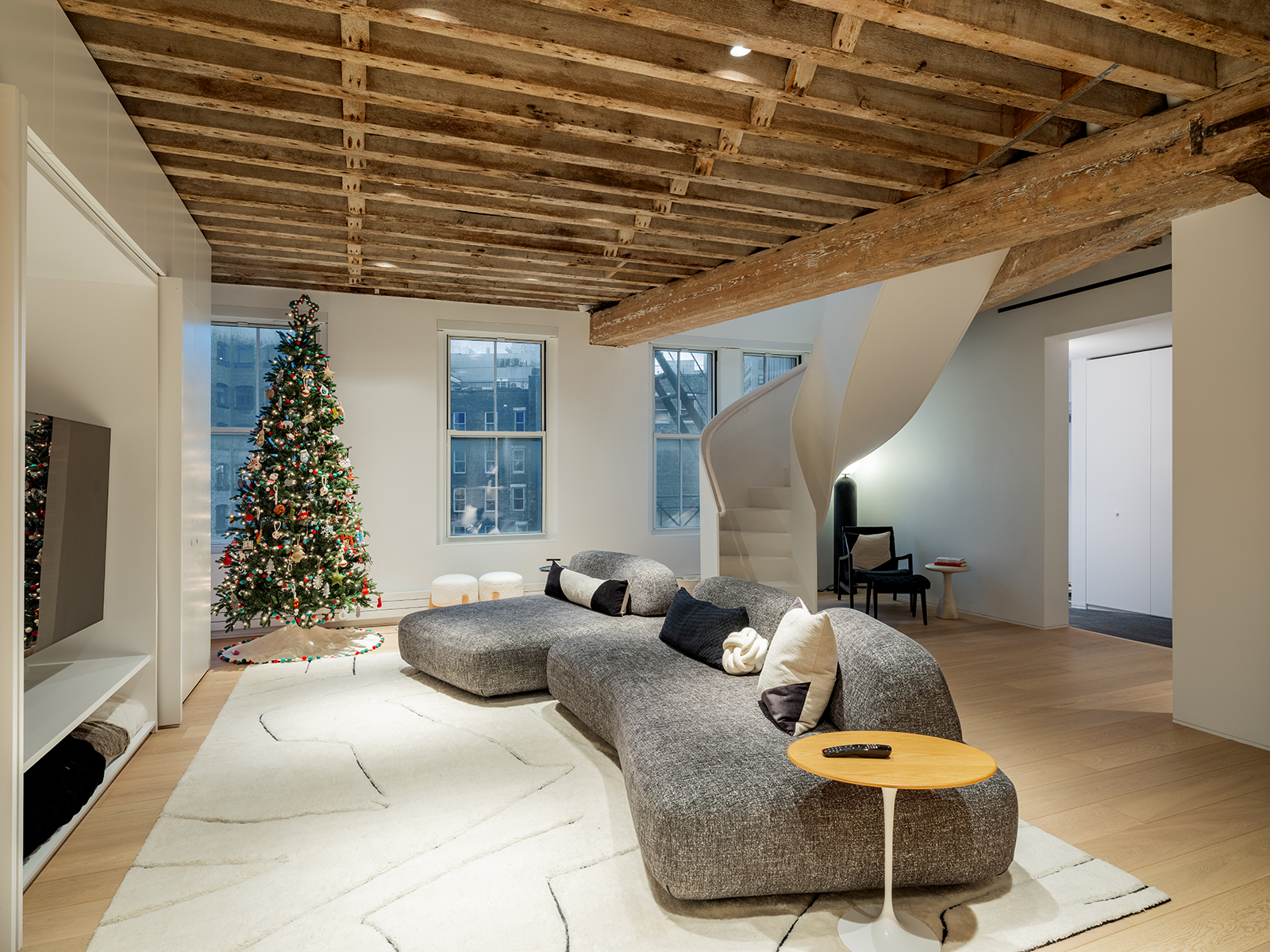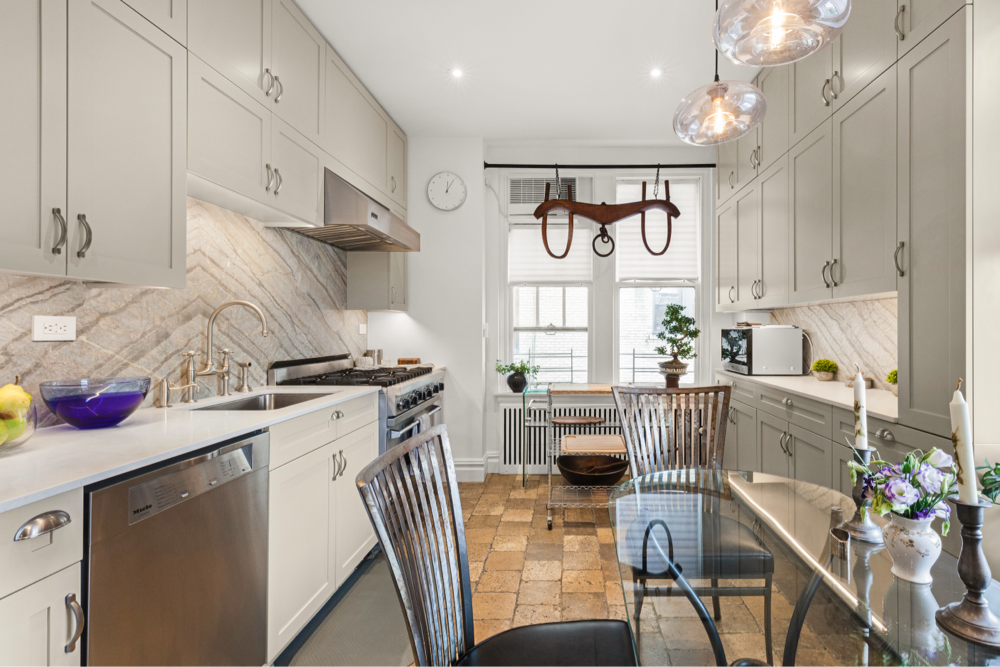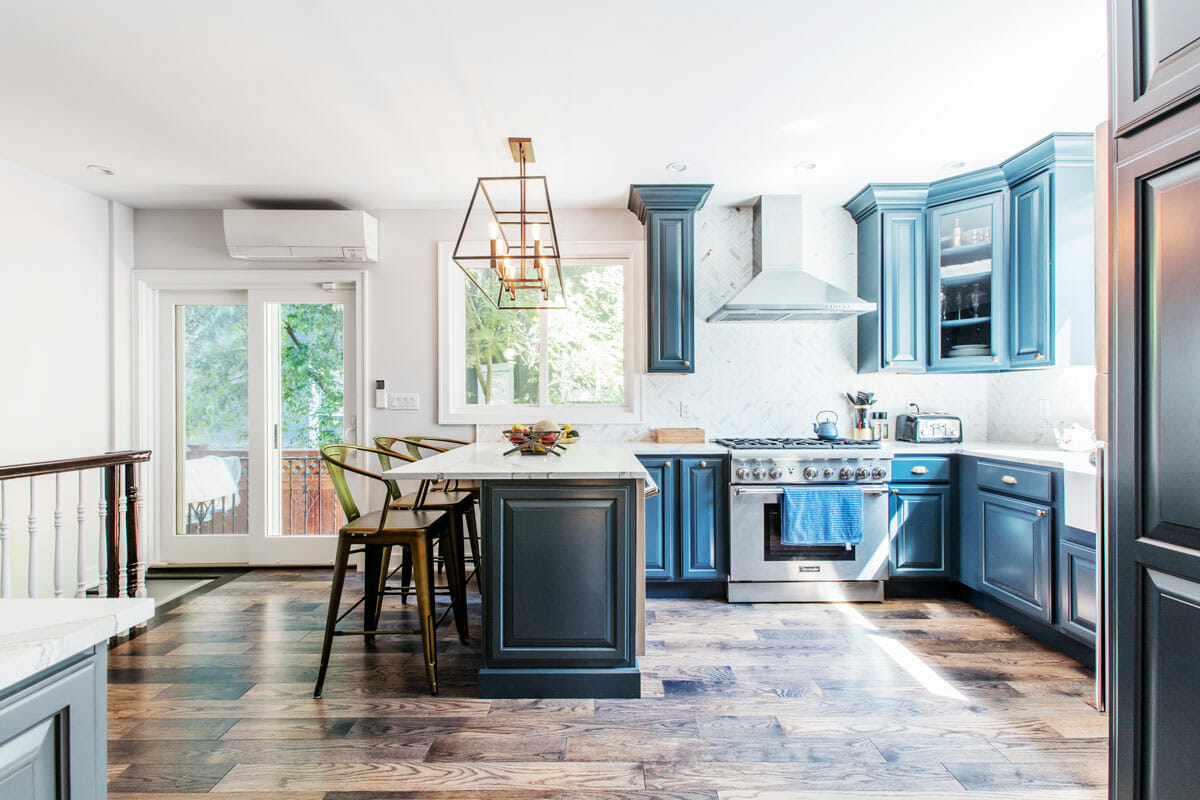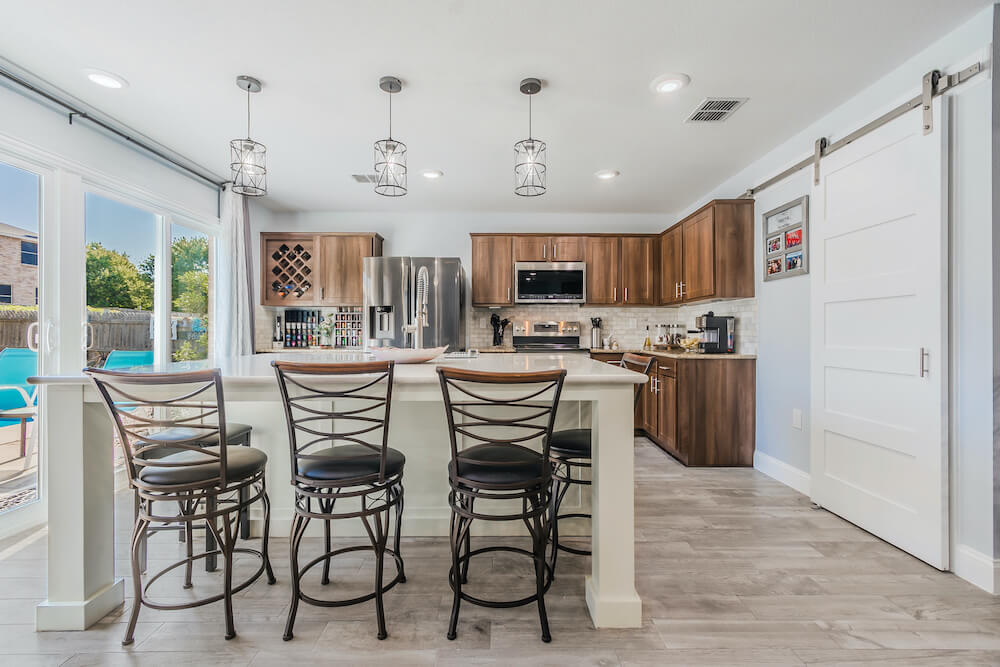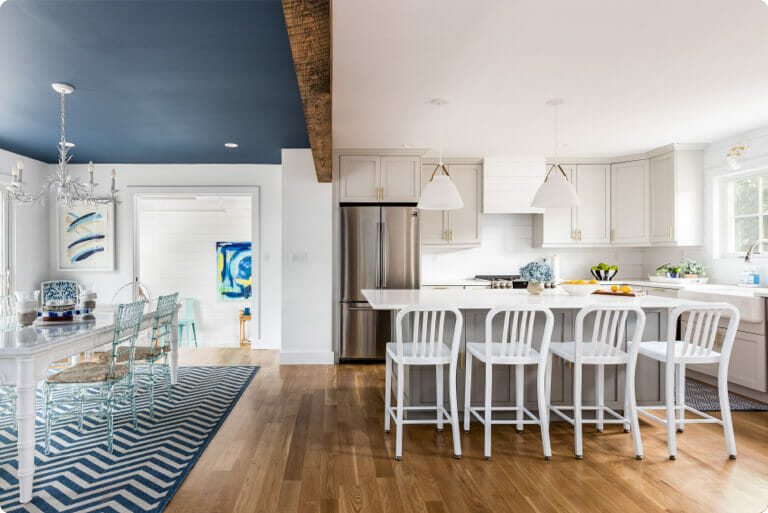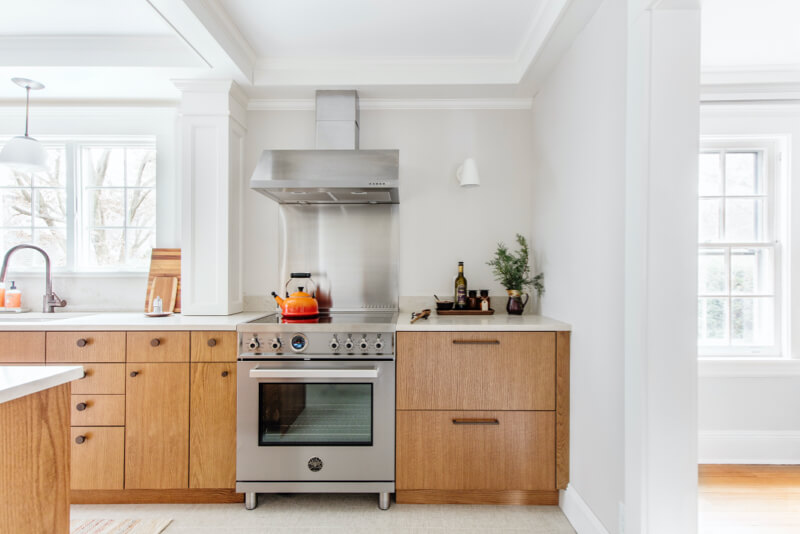An L.A. Guide to Second-Story Home Additions
Imagine gazing out from a brand new perch, bathed in California sunshine. Los Angeles, the City of Angels, unfurls before you, a vibrant tapestry of iconic landmarks and endless possibility. Expand upwards and unlock a world of opportunity, not just in square footage, but in creating a space that reflects your unique style and fulfills your deepest desires.
Adding a second story can be a savvy investment, increasing your home’s value and providing the extra space you crave. So, if you’re ready to push your home’s potential to new heights, then dive into this guide and discover the exciting possibilities of adding a second-story to a home.
Post your project on Sweeten for free and make your dream renovation a reality. Sweeten simplifies home renovation by connecting homeowners with top-rated general contractors, handling the vetting process and project management. To learn more about how we can help, check out our home renovation services.
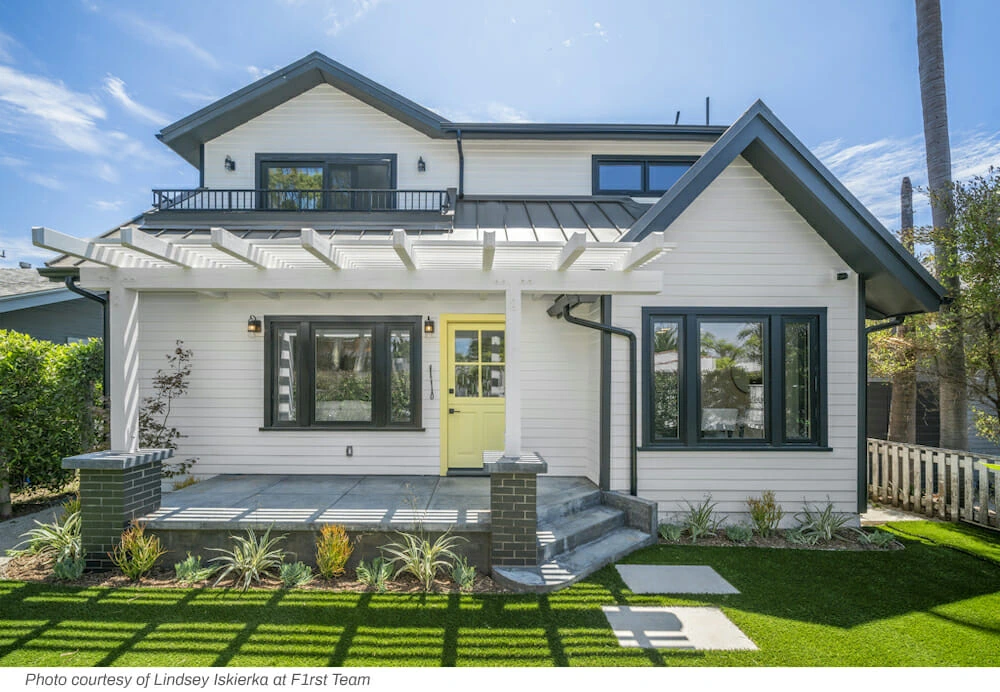
There’s no doubt that adding another story is a big undertaking, both financially and in terms of its timeline. It’s also likely that the renovation will force you to relocate (at least for part of the project.) But to balance that out, it can add a lot of value to your home. Also, many homeowners find it worthwhile to consider a long-wanted first-floor renovation as well. Here, we outline the ins and outs of adding a second-story addition to your home.
At Sweeten, we’re experts at all things general contractors — we pre-screen them for our network, carefully select the best ones for your remodeling project, and work closely with hundreds of general contractors every day. So, we’ve tapped our internal expertise to bring you this guide.
(Photo above) Second-story build in Los Angeles by Sweeten general contractor Cecille
How long do second-story additions take?
- A typical second story that includes a least a bedroom and a bathroom takes at least three to five months, according to Los Angeles-based Sweeten contractor Tami. Many elements can increase that time including which county your property is located in, if it is a hillside lot, how much the first floor walls need fortifying as well as how big you want it and other design features. If the addition is extensive and complicated, a 12-month timeline is much more feasible, according to Sweeten L.A. contractor Shannon.
- Since some of your roof will be removed, you should start this type of project in early Spring, said Tami. This is so you can ideally have the project completed by the winter, which is the rainy season for L.A. Forest fires fueled by the Santa Ana winds—which blow October through April—can also hinder a renovation project in affected areas.
How much does it cost to add a second-story addition?
Expect to pay at least $100,000 for a second-story addition, Tami said. Contractor Shannon put the starting cost to add a second story at around $200 a square foot. Some Sweeten contractors in L.A. have completed second-story additions for as low as $300 a square foot, and up to $700 a square foot.
There are two key factors that will determine your costs to add a second story:
- If it’s structurally driven: In L.A., renovating on a hillside lot will take more time and cost more money. This is especially the case for second-story additions, Shannon said. The project will require a soil engineer and a soil report to determine if any additional foundation work needs to be completed to support the addition.
The walls of any home, regardless of whether it sits on a flat lot or on a hillside, will also need to be assessed and most likely reinforced to support the additional story. Your first-floor ceiling which must now do double duty as your second story’s floor also needs added help. “This usually requires supporting beams and posts,” said Tami.
- If it’s client-driven: This means your tastes and what you want or need will have a big impact on your budget, according to Tami. Do you want a bathroom or even a kitchenette? Multiple bedrooms? How expensive will your finishes be? The good news is that, unlike structural elements, the client-driven aspect of your budget is all within your control.
Do Second-Story Additions Increase Your Home’s Value?
Calculating Return on Investment
While adding a second story isn’t a guaranteed financial windfall, it can significantly increase your home’s value. To estimate potential returns, calculate the renovation cost per square foot and compare it to the average square-foot price of similar homes in your area after the addition is complete. Sweeten brings homeowners an exceptional renovation experience by personally matching trusted general contractors to your project, while offering expert guidance and support—at no cost to you. Renovate expertly with Sweeten
Weighing Costs and Benefits
Consider the cost of moving as an alternative. For many growing families, a second-story addition offers a more affordable solution than relocating. Selling a home typically involves fees of at least 6% of its value, plus additional costs for moving.
Impact on the First Floor
Most homes require structural reinforcement to support a second story. This typically involves adding beams and poles to the existing walls and ceilings, and potentially examining the foundation.
Planning for Space and Accessibility
Remember to consider the location of the staircase, as it can significantly impact first-floor living space. Also, ensure that your project complies with local building codes and energy efficiency standards.
Obtaining Necessary Permits
Second-story additions often require multiple permits, including general building, electrical, plumbing, and mechanical permits. The approval process can vary by location, but expect delays, especially in larger cities. Hiring an expeditor can help expedite the process.
Negotiating zoning rules for second-story additions
For most second-story additions, zoning is not an issue, but there are some cases where it can impact your plans. Here are a few rules to look out for:
- In recent years, some L.A. counties have gone to war against mansionization, where new builds create massive, box-like houses. These ruin the look and feel of areas historically filled with quainter structures. For example, the Los Angeles City Council reduced the floor area of new homes or proposed remodels to 45 percent of the lot size, Curbed reported in 2017.
- If your home is in a historic preservation overlay zone (HPOZ), then any proposed changes to the outside of your building will be scrutinized. Any changes will either not be allowed to move forward or permit approvals could take a long time. A neighborhood association can also hold sway over your second-story dreams.
- Other factors you need to consider are height restrictions and whether you will block your neighbor’s view. This is often the case with hillside lots, said Sweeten contractor Shannon. One of her Malibu clients wanted to add a second story to a home that already had high ceilings. However, due to height restrictions—24 feet for flat-roofed homes and 28 for pitched roofs—the client couldn’t fit the second story in.
- Powerline clearance is also something to watch. Typically a residential structure needs to be at least 15 feet below any overhead powerlines. This might not be an issue if you’re adding a second story to your home, which is unlikely to be under powerlines. However, when it comes to another floor for your garage, this is something to watch out for.
If you’re dreaming of a bigger home, but you love the house you live in, consider second-story additions. The first step is to find a licensed general contractor who is up-to-date on local codes and has worked on projects with similar environmental considerations. When you’re ready to renovate, work with us to find the best contractors in Los Angeles.
Ready to renovate? Start the journey here for free!
Here you can learn more about our services and locations. Alternatively, browse more home renovation inspirations, processes, and cost guides.
—
Popular questions asked
In California, on average, a second-story addition will cost at least $100,000. Depending on the complexity of the work needed and the space being added, homeowners can expect to pay anywhere between $300-$700 per square foot for a second-story addition.
It is possible to add a second story to a house, but it will depend on your property and the existing home’s condition. For example, adding a second story to a home on a hillside lot will take more time and cost more money than adding one to a non-hillside home. This is because the project will require a soil engineer and a soil report to determine if any additional foundation work needs to be completed to support the addition.
—
Sweeten handpicks the best general contractors to match each project’s location, budget, scope, and style. Follow the blog, Sweeten Stories, for renovation ideas and inspiration and when you’re ready to renovate, start your renovation on Sweeten.

